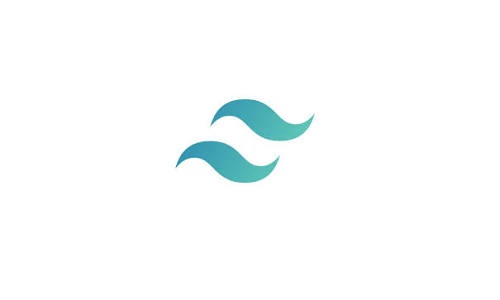
Intro to TailwindCSS
is a popular, low-level CSS framework that allows developers to build custom user interfaces quickly and efficiently. Unlike traditional CSS frameworks that come with predefined styles and layout options, provides a set of utility classes that can be composed to create custom designs.
Getting Started
To get started with , you’ll need to install it in your project. If you’re using a build tool like Webpack, you can install it as a node module:
npm install tailwindcss
Next, create a configuration file for . This file will allow you to customize the default styles and add your own utilities. To create the configuration file, run the following command:
npx tailwindcss init
This will create a tailwind.config.js file in your project directory. You can edit this file to customize the default styles and add your own utilities.
Once you have the configuration file set up, you’ll need to include the styles in your project. You can do this by creating a CSS file and importing the styles:
@import 'tailwindcss/base';
@import 'tailwindcss/components';
@import 'tailwindcss/utilities';
Finally, you’ll need to build your CSS file. If you’re using a build tool like Webpack, you can use the CLI to build your CSS:
npx tailwindcss build styles.css -o output.css
This will process your CSS file and output the final styles to the output.css file.
Using
Now that you have set up in your project, you can start using it to style your HTML elements. provides a set of utility classes that you can use to apply styles to your elements. These classes are based on the element’s properties, such as its size, color, or position.
For example, to apply a red background color to an element, you can use the bg-red-500 class:
<div class="bg-red-500">This element has a red background</div>
You can also chain multiple utility classes together to create more complex styles. For example, to create a blue button with rounded corners and a shadow, you can use the following classes:
<button class="bg-blue-500 rounded shadow">Click me!</button>
also provides responsive utility classes that allow you to apply styles based on the screen size. For example, to apply a style only on screens larger than 768px, you can use the md: prefix:
<div class="md:bg-red-500">This element has a red background on screens larger than 768px</div>
Some of the main features of include:
-
Utility-first approach: provides a set of utility classes that can be composed to create custom designs, rather than predefined styles and layout options.
-
Responsive design: includes responsive utility classes that allow you to apply styles based on the screen size.
-
Customization: allows you to customize the default styles and create your own utilities using a configuration file.
-
Performance: generates minimal, targeted styles that are designed to have a low impact on performance.
-
Extensibility: can be extended with plugins and custom utilities, allowing you to customize and tailor the framework to your needs.
-
Documentation: has comprehensive documentation that explains how to use the framework and customize it to your needs.
Conclusion
is a powerful and flexible CSS framework that allows developers to build custom user interfaces quickly and efficiently. By using a set of utility classes, you can create complex designs without writing any custom CSS. Whether you’re building a small application or a large web application, can help you get the job done.
Useful links:
- Intro - Tailwind CSS v2.0: From Zero to Production
- tailwindcss-2-learn-tailwindcss-for-beginners
- Learn Tailwind CSS 3 - A utility-first CSS framework